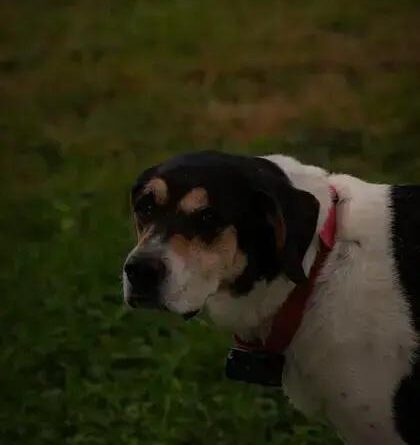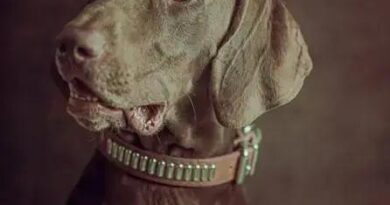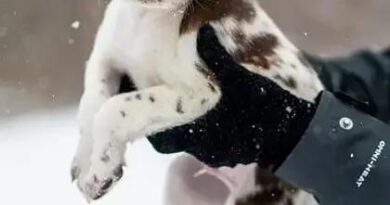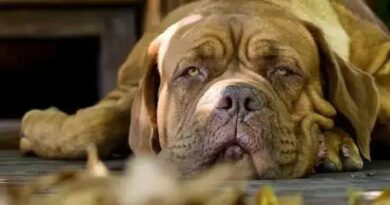Curiosities about the Redbone Coonhound: Fun Facts & Unique Traits
Curiosities about the Redbone Coonhound are fascinating for any dog enthusiast. This breed, known for its beautiful red coat and exceptional hunting skills, has much more to offer. The Redbone Coonhound’s history, physical characteristics, and temperament reveal a charming and capable companion.
History and Origin
The Redbone Coonhound traces its origins back to the late 18th century in the United States. Developed primarily in the Southern states, the breed was created by crossing Scottish Foxhounds with Bloodhounds. Early breeders selected for striking red coats and excellent hunting capabilities. The aim was to produce a dog adept at treeing raccoons, hence the name ‘coonhound.’ These dogs also exhibited proficiency in hunting other game, such as bears and cougars. Over decades, selective breeding enhanced their scent-tracking abilities and treeing instincts.
Scottish Influence
Unlike many American hunting dogs, the Redbone has a distinct European lineage. The infusion of Scottish Foxhounds contributed significantly to their sharp tracking skills.
Evolution of the Breed
The breed continued to evolve throughout the 19th and 20th centuries, with American breeders refining their physical and behavioral traits. Today, they are recognized as one of the foundational American dog breeds, celebrated for their unique history and unparalleled hunting prowess.
Physical Characteristics
The Redbone Coonhound is a well-muscled and agile breed, designed for both endurance and speed. They typically stand between 21 to 27 inches tall at the shoulder and weigh around 45 to 70 pounds, with males being larger than females.
Their most distinct feature is their rich, reddish-brown coat, which is short, smooth, and provides protection against harsh weather. Their expressive eyes are usually hazel or brown.
Redbone Coonhounds have long, floppy ears that help to trap scent particles, enhancing their tracking abilities. They also possess a strong, straight back and a tail that tapers to a point, often carried in a slight curve.
Another notable characteristic is their webbed feet, which aid them in swimming, making them excellent water retrievers. Their muscular build and lean frame contribute to their agility and endurance in hunting and other athletic activities.
Temperament and Behavior
The Redbone Coonhound is known for its friendly and even-tempered nature. These dogs are highly affectionate and bond closely with their families. They are also quite social and generally get along well with other pets and children. Due to their hunting heritage, Redbone Coonhounds exhibit a strong prey drive which makes them very alert and attentive.
One of their most notable traits is their intelligence. They are quick learners and respond well to positive reinforcement techniques. Training a Redbone Coonhound requires consistency and patience, as they can sometimes display a stubborn streak. However, with dedicated training, they can excel in various activities, including hunting, agility, and even obedience competitions.
Another aspect of their behavior worth mentioning is their high energy levels. Redbone Coonhounds require ample exercise and mental stimulation to stay happy and healthy. Daily walks, play sessions, and engaging activities like puzzle toys are essential to prevent boredom and destructive behavior.
Additionally, these dogs are known for their vocalizations. They have a distinctive bay that they use to communicate, especially when they are on a trail. While this vocal trait makes them excellent hunting companions, it can be a consideration for those living in close quarters with neighbors.
Overall, the Redbone Coonhound’s temperament and behavior make them wonderful family pets and loyal companions for those willing to meet their exercise and training needs.




